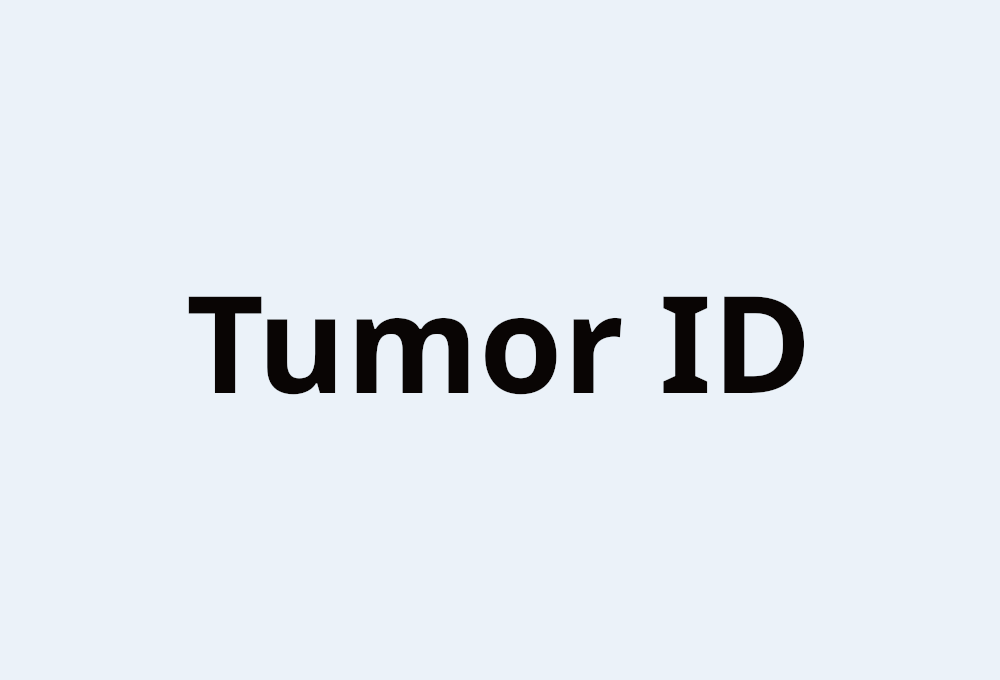Project leaders
| Coordinator 1 | Benjamin Leporq |
| benjamin.leporq at creatis.insa-lyon.fr | |
| Phone number | +33 (04) 72 43 89 51 |
About
Highlights
Several radiomics and radiogenomics signatures have been developed for the prediction of systemic treatment response such as the neoadjuvant chemotherapy of triple negative breast cancer, or osteosarcomas (collaborations with the University Hospital of Nantes and Cochin) or to the immunotherapy of non-small cell lung cancer (collaborations with CRCL and comprehensive cancer center Cancer Georges-François Leclerc). Other applications have been addressed such as: (i) the development of a computer-aided diagnostic tool for the characterization of lipomatous soft tissue tumors in collaboration with the CHU Cochin and in partnership with Capgemini; and (ii) the classification of clinical genotype and histotype of breast tumors.
Tumor-ID have also initiated the development of the server/web platform AWESOMME (driven by F. Cervenansky et T. Diot) allowing a simplified multi-expert management and opens up the possibility of creating cohorts enriched with annotations and inter-expert variability at low cost and helping to better understand patient outcomes classification and prediction thanks to machine learning research through a clinician-friendly interface. AWESOMME embed the radiomic signature previously developed to facilitate their large-scale validation and is used for the INCa project BOOST-dataS (piloted by Gustave Roussy institute) from which A. Bouhamama is implicated as WP coordinator and aiming to build a multi-omics and biological national database of the Osteosarcomas.
In parallel to radiomics, our developments have been also focused about a tumor digital biopsy from multiparametric quantitative MRI. From a dedicated MRI acquisition protocol and reconstruction method we can map a large number of key parameters (such as cellularity, edema, micro-perfusion, hemorrhage, fat content, etc…) in addition to the measurement of tumor oxygenation without any contrast injection. This innovative aspect led to an international patent application (PCT), operated by Inserm Transfert and opens new fields of applications that we have initiated:
- Adaptive radiotherapy where the goal is to spatially fractionate the Radiotherapy (dose painting) according to the tumor biology by including radioresistance criteria (i) in rare tumors with poor prognosis such as sarcomas through the PhD of B. Allignet (MD in Radiation Oncology) funded by the FR-FT Doc program. These preliminary results have been awarded in the i-PHD competition and a RIPH2 interventional clinical trial have been initiated; (ii) through the PhD thesis of W. Dandachly in the head and neck cancers funded by the ANR PRCE HERESP
- Per-treatment adaptive radiotherapy: thanks to the absence of contrast injection and to an acquisition duration compatible, we have adapted and transferred the MRI protocol on a 1.5T MRI-Linac system housed at CHU Lyon sud (9).
Partners
- Waisse WAISSI (Laboratoire CRCL)
- Centre Léon Bérard à Lyon (CLB)
Members
- Benjamin LEPORQ
- Benoit ALLIGNET
- Olivier BEUF
- Amine BOUHAMAMA
- Walid DANDACHLY
- Frank PILLEUL
- Pauline MULEKI-SEYA
- Frederic CERVENANSKY
- Tiphaine DIOT

